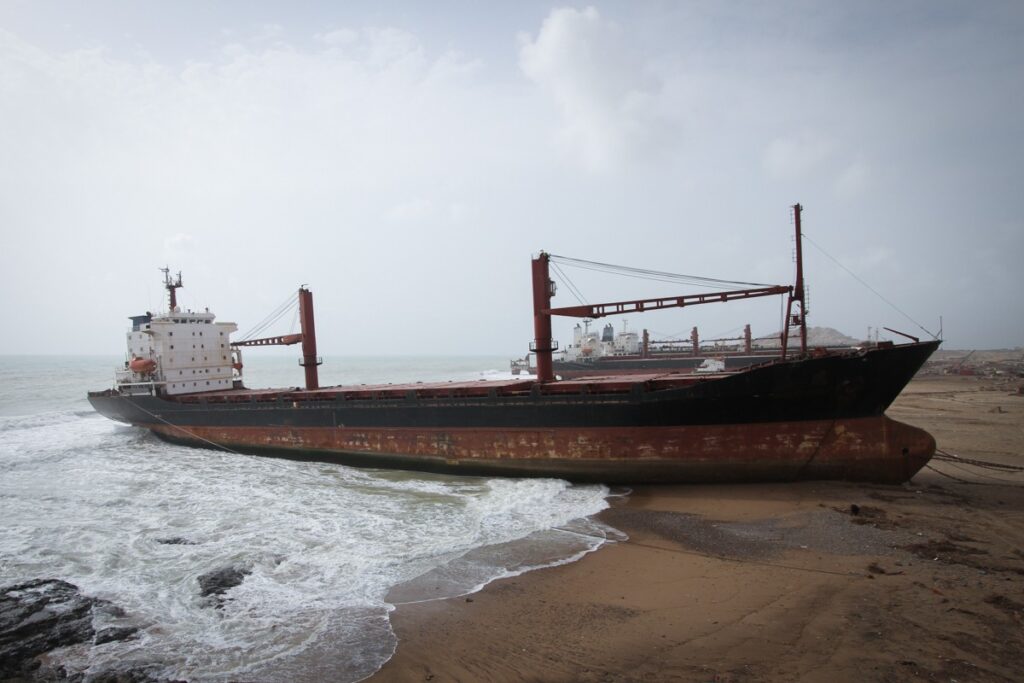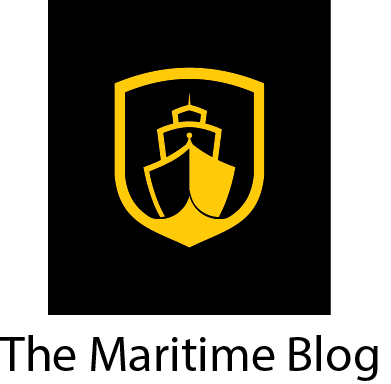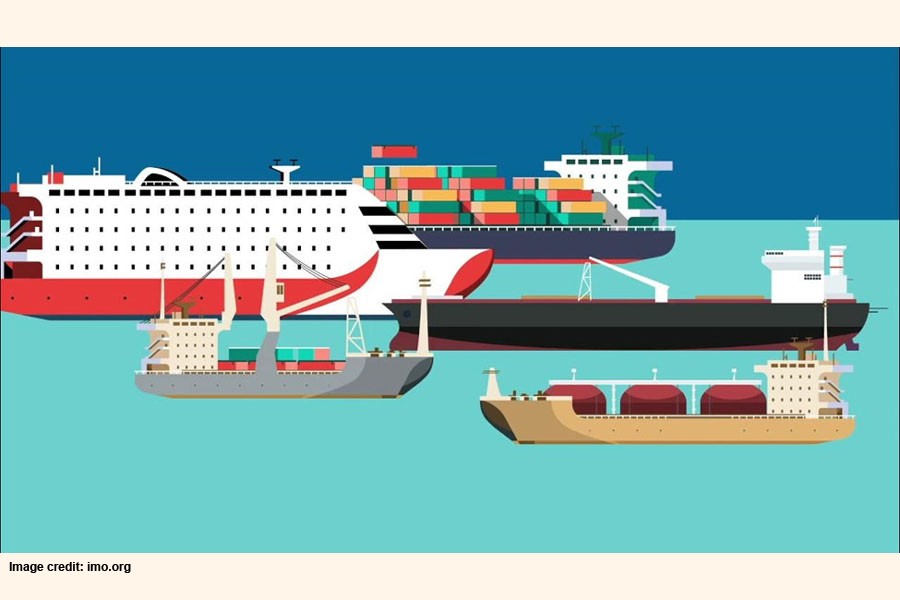search the site
Shipbreaking’s long voyage into the 21st century is just beginning

In 2000, a brand-new ship called Onoe left the shipyard of Japanese steelmaker NKK. It was a bulk carrier—low, flat, almost 300 meters long—designed to ferry unpackaged cargo like cement and grain around the world.
For a time, that was exactly what it did: there are pictures of it in Yokohama, Istanbul, Newcastle and Vancouver. But in 2022, after multiple changes of owner, the ship now called Sunny 1 reached the end of its life.
It was sold to a Bangladeshi recycling yard, and in April 2023 was run aground on the vast beach of Chittagong, where hundreds of workers broke it apart using blowtorches, hammers and their bare hands. Like a carcass in the desert, it gradually vanished into the sand.
Sunny 1’s end was entirely typical. Workers in Chittagong undertook almost 40% of all ship demolitions in 2023—as they have in practically every year since the 1980s. Methods have barely changed in that time; nor have working conditions.[1]
“Throughout the last two decades, if we look at the number of accidents— people that lose their lives or get injured—numbers have not decreased,” says Nicola Mulinaris from NGO Shipbreaking Platform, an organization that has long campaigned against the “dirty and dangerous” methods of the South Asian shipbreaking industry.
Progress has been slow but, says Mulinaris, “there’s never been so much change as now.”
Our Industrial Life
Get your bi-weekly newsletter sharing fresh perspectives on complicated issues, new technology, and open questions shaping our industrial world.
Regulation, market forces and shadowy cash buyers
With abundant cheap labor and almost no regulation, yards in Bangladesh, India and Pakistan can pay more for end-of-life vessels than yards in parts of the world with greater overheads. South Asia consequently accounts for roughly 75% of the shipbreaking market—and if it weren’t for EU legislation, that number might even be higher.
Since 2019, the European Union has required all ships (above 500 gross tons) flying member-state flags to be disposed of in a recycling yard that meets the bloc’s environmental and safety standards. The high-bidding South Asian yards do not meet these standards, leaving European shipowners with two options:
- Sell their end-of-life vessels to one of the 45 EU-approved sites at a relatively low rate.
- Sell them on to a third party, who will then be responsible for disposing of the ship.
These third parties, called cash buyers, are second-hand ship dealers—but at times their behaviour can more closely resemble that of traffickers. They buy European ships, reflag and rename them in an effort to conceal their origin, then sell them to non-compliant shipyards.[2]
Although such practices have been illegal since 2019, only recently have they started to result in prosecutions.[3]
Ship recycling numbers are going to rise
While the EU’s strict legislation has succeeded—up to a point—in attaching risk to irresponsible recycling practices, it is not responsible for the global reduction in ship recycling numbers.
That drop, according to reports from Lloyds List Intelligence, is down to high shipping rates and the low price of steel in South Asia driving down demolition rates. The result is that shipping companies are holding on to their vessels—or at least they have been.
“I expect a massive increase in volumes from next year,” Anil Sharma, CEO of the cash buyer GMS, told Lloyds in late 2024. Mulinaris agrees, saying the number of ships going to scrapyards will “triple or quadruple in the next five years.”
If recent history is anything to go by, 70–80% of those ships will end up in South Asian yards. There is a chance, however, that shipbreaking outfits in Türkiye and Europe could begin to wrestle back some market share.
 Beached vessels, including an offshore drilling rig, in various states of demolition in Alang, India. The exceptionally shallow beach results in great tidal movements, which in turn enables the beaching of huge vessels. Image: © 2025 Google, Airbus, CNES / Maxar Technologies
Beached vessels, including an offshore drilling rig, in various states of demolition in Alang, India. The exceptionally shallow beach results in great tidal movements, which in turn enables the beaching of huge vessels. Image: © 2025 Google, Airbus, CNES / Maxar Technologies
Regulation is spurring innovation in ship recycling
So long as shipbreaking is done largely by hand, Türkiye and Europe will never be able to compete with low-cost South Asian yards. But if shipbreaking can be automated, EU-approved recycling yards could one day become competitive.
That’s the thinking of Evren Samur, an Associate Professor at Boğaziçi University in Istanbul and R&D Director at the robotics company HKTM. Samur is leading a consortium of academics and industry players in the development of a set of interlocking technologies that could greatly accelerate the speed of shipbreaking.
The consortium, called SHEREC, aims to use drones to map the presence of hazardous materials within a ship, then feed the collected data (plus existing documentation) into AI algorithms that will generate a bespoke recycling plan for the ship. Two new robots—one inside the hull and the other crawling on the outside—will then use that plan to cut up the hull as safely and efficiently as possible.
The team is one year into the four-year project. “The first year was all about conceptual design,” says Samur. “2025 and 2026 will be dedicated to developing the prototypes and doing laboratory-scale tests. And in the last year, we will bring our robots and our algorithms to the actual ship recycling yard and do all the tests on an actual ship.”
SHEREC is not the only EU-affiliated group working on new ship cutting technology. German company Leviathan has developed a machine that can slice through hulls with powerful jets of water, while Dutch company CMT is working on a fully automated wire cutting method.
It is often said that regulation stifles innovation. Here, however, the opposite seems to be true: the EU’s stringent legal requirements appear to be spurring investment into technologies that could rejuvenate the ship recycling industry.
The long journey to safer ship recycling
As it seeks to make its economy more environmentally friendly, ship recycling—and the supply of green steel and good jobs it could unlock—has strategic significance for the EU.
Change is also coming to the major shipbreaking nations. In June 2025, the Hong Kong Convention—a multilateral agreement which counts Bangladesh, India and Pakistan among its signatories—is due to come into force.
Quite how much change the convention will bring remains to be seen. The inventory of hazardous materials it requires all large ships to carry should, in theory, help protect workers and the environment, but the gaps in the framework make it, in the view of Mulinaris, an “extremely weak instrument.”
If regulation is enforced and extended, and if the technological advances coming out of Europe eventually find their way to shipyards around the world, it is possible to imagine significant improvements in practices —but none of that is imminent.
Even if 2025 is the year that shipbreaking starts its journey into the 21st century, the voyage will be a long one.
source : aveva


















